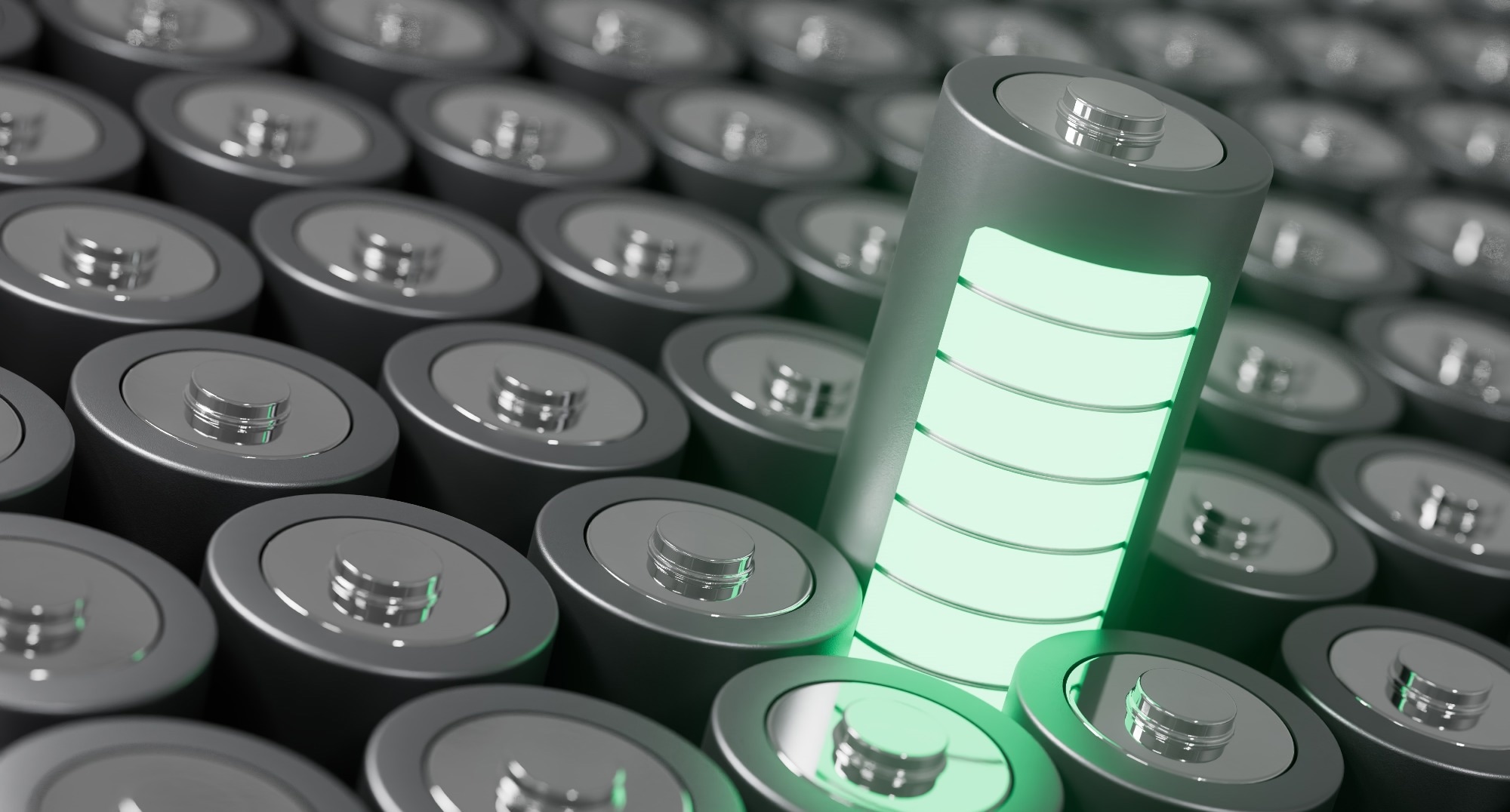Reviewed by Lexie CornerSep 25 2024
Researchers at Argonne National Laboratory have proposed a novel method for developing electrolytes suitable for nearly any electrochemical process. This approach could significantly enhance the productivity and carbon efficiency of cement and steel production. The study was published in the journal Chem.

Image Credit: JLStock/Shutterstock.com
An electrolyte is essential to any battery. It serves as the medium through which positively charged particles, or cations, move between the positive and negative electrodes, enabling the discharge and storage of energy—a process known as electrochemistry. Electrolytes are also central to various other electrochemical processes, such as the transformation of iron ore into iron alloys or refined iron metal.
The challenge with electrolytes is that they must remain stable under extreme operating conditions and prevent side reactions that reduce energy efficiency. The benefit of this approach is the potential elimination of energy-intensive blast furnaces in the steel industry, which could significantly reduce greenhouse gas emissions.
This research is part of the newly established Center for Steel Electrification by Electrosynthesis (C-STEEL), an Energy Earthshot Research Center led by Argonne National Laboratory and supported by the Department of Energy (DOE). In their recent scientific review paper, Argonne researchers outlined a novel method for creating a new generation of electrolytes that can be used in nearly any electrochemical process,
With this approach, scientists should be able to develop electrolytes for not only electric vehicle batteries, but also the decarbonized manufacturing of steel, cement, and various chemicals.
Justin Connell, Materials Scientist and Deputy Director, Argonne National Laboratory
Typically, electrolytes for electric car batteries are made by dissolving salt in a liquid solvent. Common examples are sodium chloride and water. The salt provides the electrolyte with both positively charged cations and negatively charged anions; in the case of table salt, the anions are chlorine.
For the battery to function properly, the electrolyte must be charge-neutral, meaning it has a balanced concentration of anions and cations, regardless of the salt and solvent compositions, which can be quite complex.
Previous research has mainly focused on using a single salt at varying concentrations to alter the composition of the solvent.
In our view, the best path forward to improved electrolytes is mainly through different anions for the salt. Changing the anion chemistry could lead to both more energy-efficient electrochemical processes and a longer-lasting electrolyte.
Justin Connell, Materials Scientist and Deputy Director, Argonne National Laboratory
In most electrolytes, the working cation moves between electrodes, surrounded by a solvent. For example, in traditional lithium-ion batteries used in electric vehicles, lithium serves as the cation, while fluorine phosphate (PF6) acts as the anion.
The Argonne team is exploring the idea of combining the working cation with one or more distinct anions to create new electrolytes for different applications. When anions surround the cation, replacing part or all of the solvent, scientists refer to these as contact ion pairs.
However, with countless possible combinations of contact ion pairs, how can one determine the best matches for a given application? To address this, the team is conducting experiments along with calculations using artificial intelligence and machine learning.
As part of C-STEEL, the aim is to develop design guidelines for creating optimal contact ion pairs that meet the specific requirements of steelmaking.
With these principles in mind, we hope to discover an affordable, long-lasting electrolyte that yields the most efficient process for making iron for steel.
Justin Connell, Materials Scientist and Deputy Director, Argonne National Laboratory
These concepts are applicable not only to lithium-ion batteries but also to other electrolytes used in various decarbonized electrochemical processes.
The study received support from the Argonne Laboratory Directed Research and Development program and the DOE Office of Basic Energy Sciences. The other authors involved in this research include Stefan Ilic and Sydney Lavan, alongside Connell.
Journal Reference:
Ilic, S., et al. (2024) Anion-derived contact ion pairing as a unifying principle for electrolyte design. Chem. doi.org/10.1016/j.chempr.2024.07.031